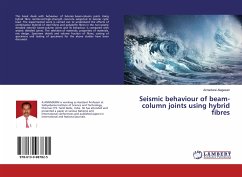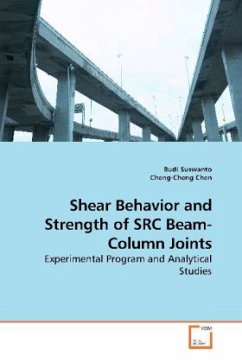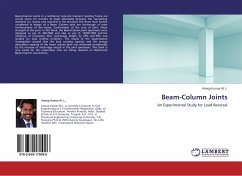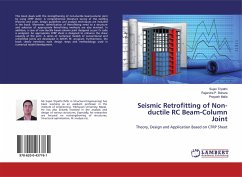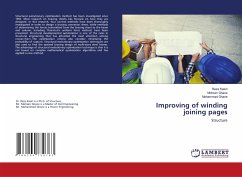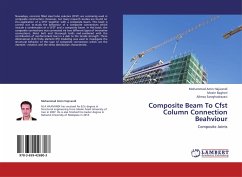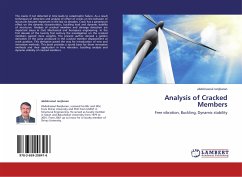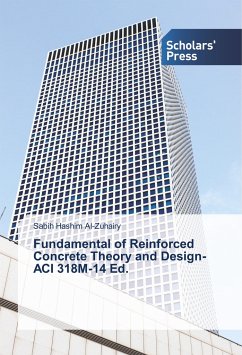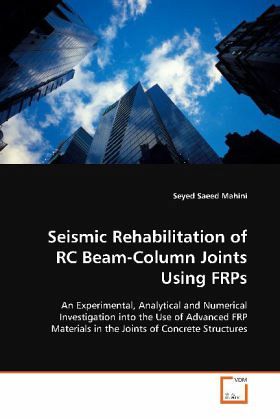
Seismic Rehabilitation of RC Beam-Column Joints Using FRPs
An Experimental, Analytical and Numerical Investigation into the Use of Advanced FRP Materials in the Joints of Concrete Structures
Versandkostenfrei!
Versandfertig in 6-10 Tagen
52,99 €
inkl. MwSt.

PAYBACK Punkte
26 °P sammeln!
RC frames, when subjected to earthquake, mustdissipate large amounts of energy. This can beachieved when the beam-column joints are designed insuch a way that the plastic hinges form at a distanceaway from the column and the joint region remainselastic. In existing frames, a practical way toimplement this behaviour is to use FRPs. In thisstudy, two plain scaled-down sub-assemblies and fiveretrofitted/repaired specimens using a new techniquecalled web-bonded FRP were tested undermonotonic/cyclic loads. It was concluded that the useof FRPs can restore/upgrade the integrity of thejoint, keeping/i...
RC frames, when subjected to earthquake, must
dissipate large amounts of energy. This can be
achieved when the beam-column joints are designed in
such a way that the plastic hinges form at a distance
away from the column and the joint region remains
elastic. In existing frames, a practical way to
implement this behaviour is to use FRPs. In this
study, two plain scaled-down sub-assemblies and five
retrofitted/repaired specimens using a new technique
called web-bonded FRP were tested under
monotonic/cyclic loads. It was concluded that the use
of FRPs can restore/upgrade the integrity of the
joint, keeping/improving its strength, stiffness and
ductility, and can relocate the plastic hinges away
from the column. An analytical model was developed to
calculate the ultimate moment capacity of the
web-bonded FRP sections considering FRP rupture and
tension failure modes. Design charts were also
developed for use by practicing engineers. All
specimens were then analysed by nonlinear finite
element software ANSYS in order to calibrate the
results obtained from the experiments.
dissipate large amounts of energy. This can be
achieved when the beam-column joints are designed in
such a way that the plastic hinges form at a distance
away from the column and the joint region remains
elastic. In existing frames, a practical way to
implement this behaviour is to use FRPs. In this
study, two plain scaled-down sub-assemblies and five
retrofitted/repaired specimens using a new technique
called web-bonded FRP were tested under
monotonic/cyclic loads. It was concluded that the use
of FRPs can restore/upgrade the integrity of the
joint, keeping/improving its strength, stiffness and
ductility, and can relocate the plastic hinges away
from the column. An analytical model was developed to
calculate the ultimate moment capacity of the
web-bonded FRP sections considering FRP rupture and
tension failure modes. Design charts were also
developed for use by practicing engineers. All
specimens were then analysed by nonlinear finite
element software ANSYS in order to calibrate the
results obtained from the experiments.



